6 Pieces of Advice Every Parent Should Consider
As a parent, you’re always looking for ways to do the best for your children. You know full well that each child is unique and there is no cookie cutter approach to raising well adjusted happy and healthy kids. In every case however, the journey through the intricate tapestry of parenthood requires a blend of patience, understanding, and informed decision-making.
This comprehensive guide has gathered some essential pieces of advice to help navigate the exciting, yet sometimes challenging journey of parenthood. Dive in, and discover some quintessential tips that can make a world of difference for both you and your little ones.
Know When to Hire a Professional
Understanding when to seek professional help is a crucial aspect of parenting. There are times when an issue might be beyond your expertise or capabilities, and that’s okay. For instance, if your child is struggling academically, a professional tutor can provide tailored guidance and instructional approaches that parents may not be equipped to provide. Similarly, if your child shows signs of emotional distress or behavioral issues, a child psychologist or therapist can offer valuable insights and strategies.
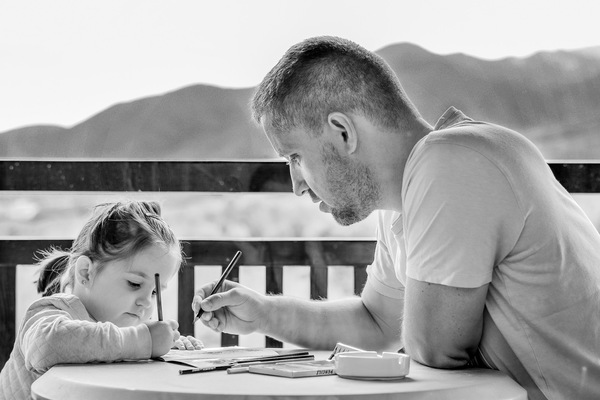
Recognizing when to bring in a professional isn’t a sign of failure as a parent — it’s an act of love. It shows your willingness to take every necessary step to ensure your child’s well-being and success. Many parents are seeking treatment for drugs when their kids develop an issue knowing it’s the best possible solution. Remember, you’re not alone in this journey; there are professionals available to help when needed.
Effective Communication
Practicing effective communication is indispensable for parents. It not only fosters a loving and trustworthy relationship between parents and their kids, but it also paves the way for children to express their thoughts and emotions openly. This practice can significantly contribute to a child’s emotional and social development. By learning to communicate effectively, parents can better understand their child’s needs, fears, and aspirations, thus providing more tailored guidance and support.
Additionally, effective communication is crucial for conflict resolution and setting boundaries, helping to create a stable and harmonious home environment. Remember, children often mirror their parents’ behavior, meaning effective communication skills can be passed on to them, aiding their future relationships and interactions.
Set Clear Boundaries
It’s never too early to teach your kids that they cannot do just anything they want in life, but that there are boundaries they must expect. Start by setting the following ones:
- Respect for others
- Screen time limits
- Homework and study time
- Bedtime routine
- Chores and responsibilities
- Healthy eating habits
- Responsible use of social media
- Respect for family rules
- Open communication
- Respect for personal belongings
- Outdoor play and physical activity
- Tolerance and inclusivity
Boundaries establish expectations and consequences, teaching children the importance of discipline, respect, and accountability. Moreover, they also provide a framework within which children can explore their independence, make informed decisions, and develop self-control. Lastly, well-defined boundaries foster a harmonious family environment, reinforcing the values of mutual respect and understanding.
Spend Quality Time Together
Spending quality time with your kids is about actively participating in their lives, engaging in meaningful activities, and creating lasting memories together. This invaluable interaction helps build a strong familial bond and provides an environment for children to express themselves freely, fostering their emotional development.
Children who spend quality time with their parents often exhibit higher self-esteem and are more likely to develop positive behaviors. It also gives parents a chance to model essential life skills, such as communication, problem-solving, and empathy. Lastly, it’s during these moments that children feel most loved and secure. Remember, it’s not about the quantity, but the quality of time that truly matters.
Encourage Independence and Responsibility
Teaching your children to be responsible and independent helps them build confidence and self-esteem, allowing them to trust in their abilities and make decisions for themselves. As they learn to handle tasks and solve problems independently, they develop critical thinking and life skills. Moreover, instilling a sense of responsibility teaches them accountability, helping them understand the consequences of their actions.
This nurturance not only prepares them for future challenges but also contributes to their overall character development. In essence, encouraging independence and responsibility in children is crucial for fostering self-reliant, respectful, and accountable individuals who can contribute positively to society.
Lead by Example
Children are highly observant and often mirror their parents’ behaviors, attitudes, and habits. By embodying the values, behaviors, and attitudes they hope to instill in their children, parents can provide an effective, real-world model for their kids to follow. This includes everything from healthy eating habits, maintaining a positive attitude, and showing kindness to others, to managing finances responsibly.
When children see these behaviors in action, they are more likely to internalize and adopt them. Therefore, parents must be mindful of their actions, as they are the first role models their children encounter in life. Leading by example promotes positive growth, helps shape character, and teaches life skills, preparing children for future challenges.

So there you have it, six essential pieces of advice to guide you on your parenting journey. Remember, it’s about communication, setting boundaries, spending quality time, nurturing independence, and leading by example. No one said parenting is easy, but with these strategies in your toolbox, you’re well-equipped to navigate this rewarding journey. You’ve got this!

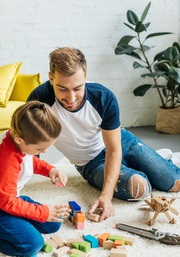
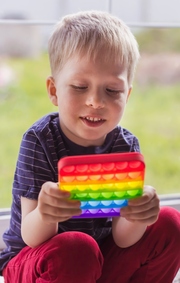
 Again, whether you’re a teacher or a parent, you understand how important preschool is. It’s a critical stage for acquiring language development, problem-solving, emotional regulation, and other fundamental skills. The problem is that with ADHD, these developmental milestones may become more challenging to achieve. What can you do if that’s the case? Utilize tools that can assist children as they develop during their preschool years, like the
Again, whether you’re a teacher or a parent, you understand how important preschool is. It’s a critical stage for acquiring language development, problem-solving, emotional regulation, and other fundamental skills. The problem is that with ADHD, these developmental milestones may become more challenging to achieve. What can you do if that’s the case? Utilize tools that can assist children as they develop during their preschool years, like the 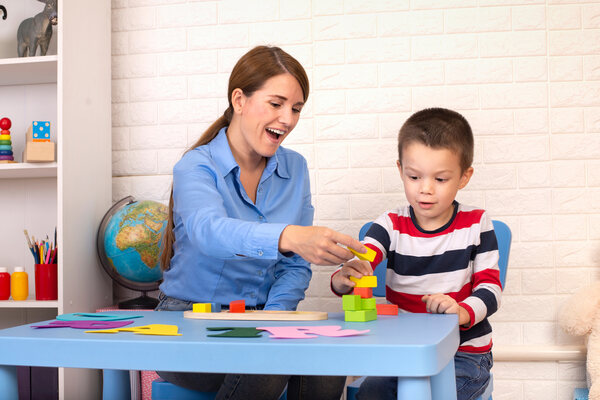
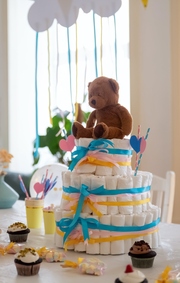
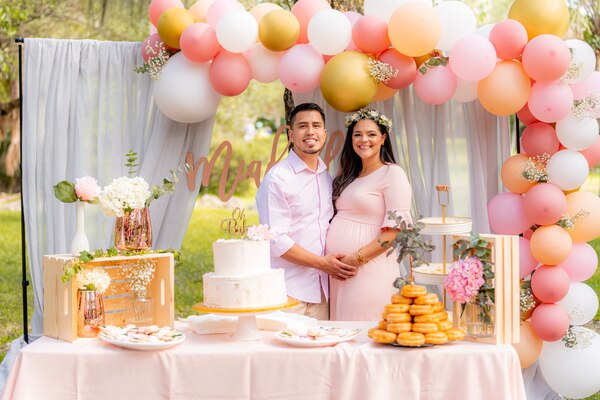
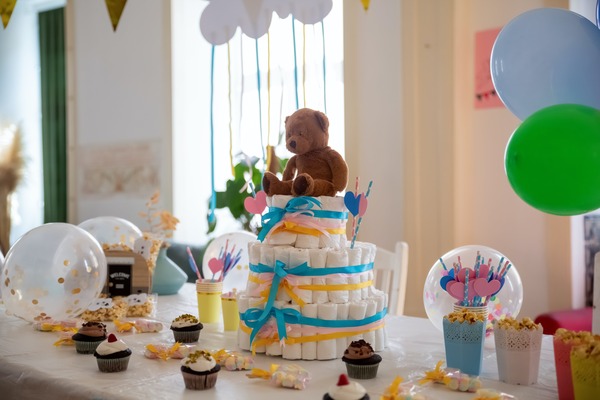
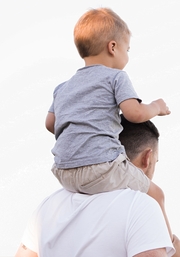
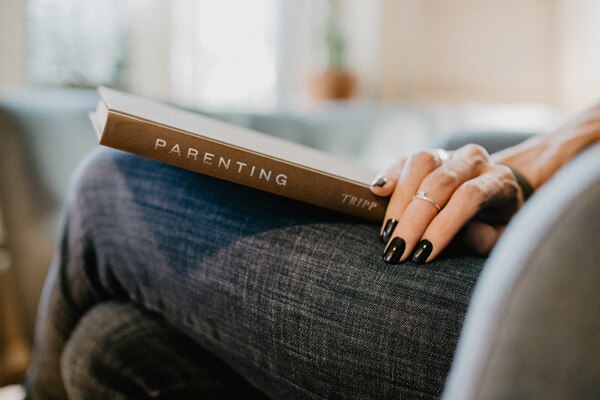





 Explore the Safe Search Engine -
Explore the Safe Search Engine -